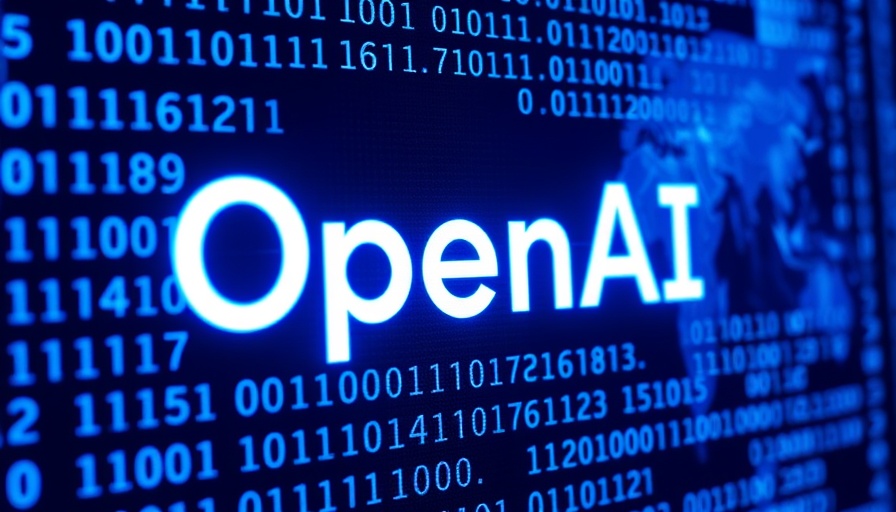
The Surge of Digital Devotion: Unraveling Sri Mandir's Growth
Sri Mandir, an innovative Hindu devotional app launched by AppsForBharat, has witnessed a remarkable surge in popularity, securing a $20 million funding round just nine months after its previous $18 million round. This venture is not merely a tech startup but a digital platform that facilitates spiritual practices for millions of Hindu devotees both in India and abroad. With religious devotion deeply embedded in Indian culture, the app seeks to modernize the age-old practices of prayer and offerings that are typically conducted in person.
Unveiling India's Temple Economy and its Digital Shift
India's impressive temple economy is valued at approximately ₹3.02 trillion (about $40 billion), constituting nearly 2.3% of the country’s GDP. Despite this vast landscape, the traditional functions of temples and priests remain largely offline. This disconnect presented an opportunity for AppsForBharat to innovate with Sri Mandir, making the process of performing prayers and offerings more accessible. Since its inception in 2020, the app has garnered over 40 million downloads, empowering 1.2 million devotees to engage in virtual spiritual practices at more than 70 temples across the nation.
Understanding User Demographics and Retention Rates
Sri Mandir currently boasts around 3.5 million monthly active users, with a notable 90,000 users from outside India. Interestingly, its user base outside India consists predominantly of individuals aged 30 and above, indicative of a growing interest among the Indian diaspora. Furthermore, the average revenue per user is significantly higher for international users, with nearly 20% of the app's revenue stemming from the Indian expatriate community in the U.S., U.K., UAE, Canada, Australia, and New Zealand. This trend highlights the effectiveness of leveraging technology for cultural connection, particularly among younger generations.
The Future of Digital Devotion: Tech Innovations and Perspectives
As of early 2025, Sri Mandir's operations have surpassed a $12 million run rate, showcasing a robust retention rate of 55%. This not only reflects the app's ability to engage its users effectively but also points to the potential for future technological innovations in the realm of digital devotion. With the app’s expansion trajectory, it serves as a case study for how technology can accommodate traditional practices while attracting investment interest in the burgeoning digital economy.
Call to Action: Join the Digital Devotion Movement
As technology continues to evolve, platforms like Sri Mandir offer a glimpse into the future of religious engagement and spiritual practices. Whether you're a tech enthusiast or a seeker of personal growth, paying attention to such innovations can deepen your understanding of how tech influences all facets of life. Explore how digital solutions can enhance your daily routines and possibly bring spiritual practices into a modern context.
 Add Row
Add Row  Add
Add 




Write A Comment